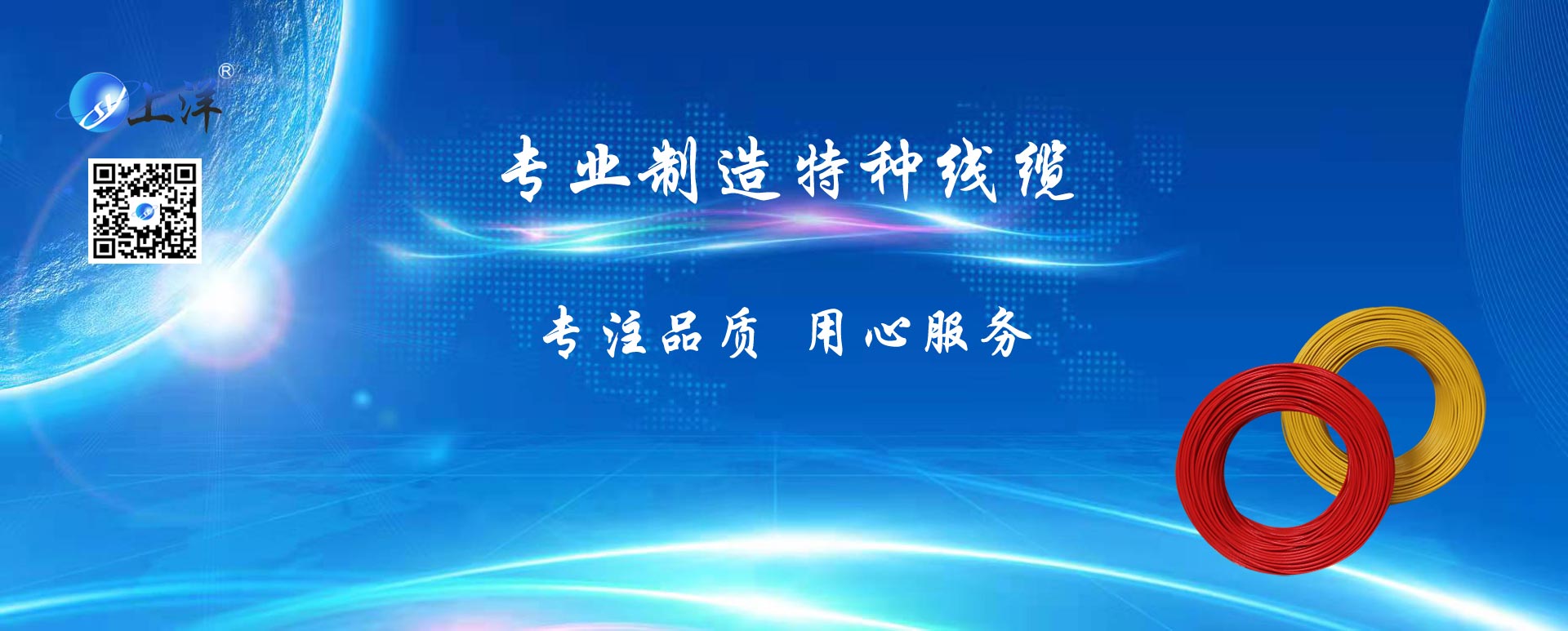Tinned wire is very common in today's cable industry. With the overall rise of China's economic level, there are many new cable products with excellent functions in China's cable industry, and tinned wire is a typical representative. Do we know the advantages of using tinned wire?
1. The solderable function can be improved, and the copper conductive tinned wire can prevent the insulation rubber from becoming sticky and the wire core from becoming black and brittle. The tinned wire is mainly used for fluoroplastic insulated or silicone rubber insulated cables as the conductive wire core and as the outer shield woven layer of the cable.
2. The bare copper wire is simply oxidized. After tin plating or silver plating, the oxidation can be reduced, the solderability can be increased, and the welding is simple.
3. The surface can form a fine oxide film, which can isolate oxygen.
The price of a roll of tinned wire is composed of two aspects. One is the weight. A roll of tinned wire is large and small, and the small is less than 100g and the large is 800g. Therefore, the price is different in terms of weight. Second, the higher the degree of tin content, the higher the price. The price of tin content is different from 10% to 99%. The calculation of the price of the environmental protection tin plating line is a little different. The tin content of the environmental protection tin plating line is more than 99% and basically 100%. This is based on the silver content and copper content of the line.
Shelf life of tin plating line: since there is flux added between the tin plating lines, it is assumed that the tin plating lines can be put for a long time without worrying about the welding effect, but their appearance will be oxidized. Capillary effect: if two clean metal surfaces are combined, if the metal surface is not clean, there will be no moisture and capillary effect, and the tin plating will not fill this point. When the printed wiring board with electroplated through holes passes through the wave soldering furnace, it is the force of capillary effect that will fill the holes with tin and form the so-called "tin plating belt" on the printed wiring board.
The core of tinned wire: welding is to form a metal chemical bond between tinned and metal, and the tinned molecules penetrate into the molecular structure of the metal on the surface of the substrate to form a solid and complete metal structure. When the tin plating melts, it is impossible to completely wipe it off the metal surface because it has become a part of the base metal.
 中文
中文 English
English 021-63520708
021-63520708

